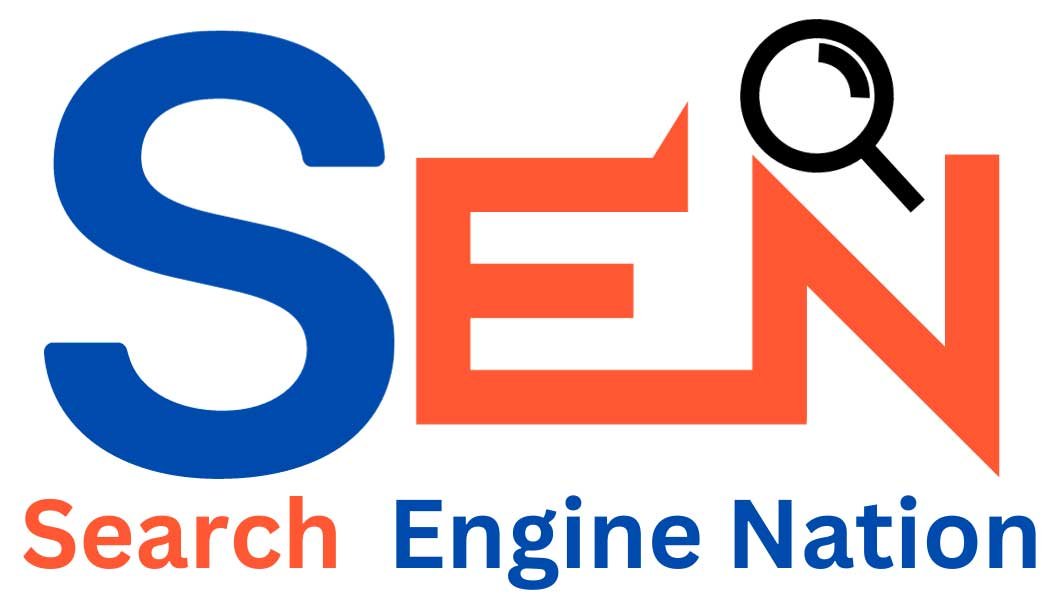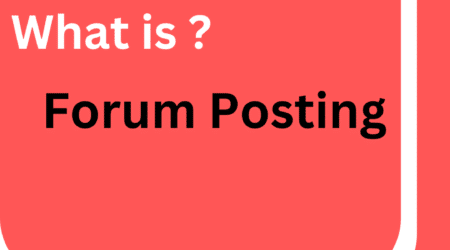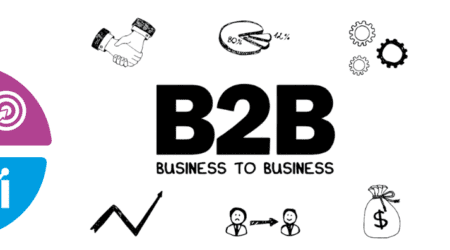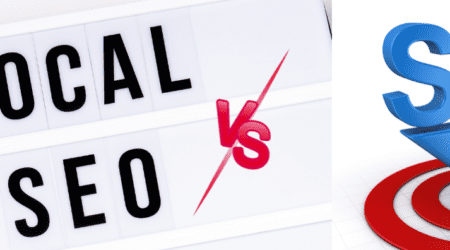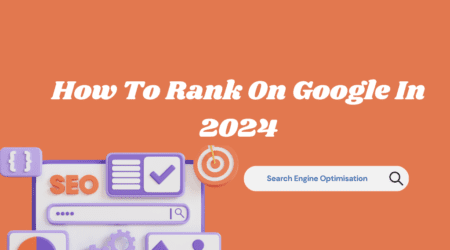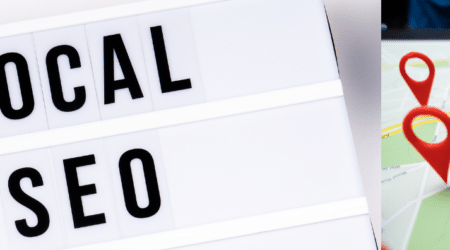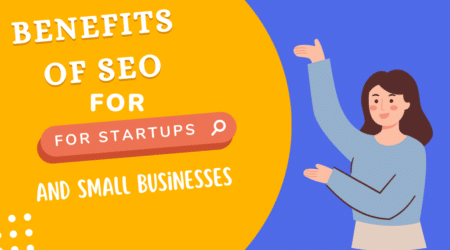What Is On-Page Seo Beginners Guide 2024
Roshan Rajput2024-02-20T09:47:39+00:00In the world of digital marketing, search engine optimization (SEO) plays a vital role in improving a website’s visibility and driving organic traffic. One crucial aspect of SEO is on-page optimization, which focuses on optimizing various elements of a website to make it more search engine-friendly. In this article, we will explore the concept of on-page SEO, its importance, techniques to implement, and advanced tactics to take your website’s optimization to the next level.
On-Page SEO vs. Off-Page SEO

When it comes to optimizing your website for search engines, there are two primary categories to consider: on-page SEO and off-page SEO. While both are essential for a well-rounded SEO strategy, they focus on different aspects of your website.
On-page SEO refers to the optimization techniques applied directly to your website’s content and HTML source code. This includes elements such as keyword optimization, meta tags, URL structure, internal linking, and content quality.
On the other hand, off-page SEO involves external factors like backlinks, social media signals, and online reputation.
Why Is On-Page SEO Important?
On-page SEO plays a crucial role in helping search engines understand and rank your website. By optimizing your website’s on-page elements, you can improve your chances of ranking higher in search engine results pages (SERPs). Here are a few reasons why on-page SEO is vital:
Enhanced Visibility: Effective on-page optimization ensures that search engines can easily crawl and index your website, making it more visible to potential visitors.
Improved User Experience: A well-optimized website offers a seamless and user-friendly experience, leading to increased engagement, longer visit durations, and lower bounce rates.
Targeted Traffic: Implementing on-page SEO techniques allows you to target specific keywords and phrases related to your business, attracting relevant traffic and potential customers to your site.
Better Conversion Rates: When your website is optimized for on-page SEO, visitors are more likely to find the information they are looking for, leading to increased conversions and sales.
9 On-Page SEO Techniques For Your Website
Now that we understand the importance of on-page SEO, let’s explore nine essential techniques you can implement to improve your website’s visibility and rankings.
Keyword Research and Optimization
Keyword research is the foundation of any successful on-page SEO strategy. By identifying the right keywords and incorporating them strategically throughout your website, you can increase your chances of ranking higher in relevant search results. Start by using keyword research tools to find keywords that are relevant to your business and have a high search volume. Once you have identified these keywords, optimize your website’s content, meta tags, headings, and URLs accordingly.
Meta Tags Optimization
Meta tags provide information about your webpage to search engines and users. The two most important meta tags are the meta title and meta description. The meta title should be concise, relevant, and incorporate your target keyword. The meta description should briefly summarize your webpage’s content and entice users to click through to your site.
URL Structure
Optimizing your website’s URL structure is essential for both search engines and users. Use descriptive and keyword-rich URLs that accurately reflect the content of each page. Avoid using generic URLs with numbers or special characters, as they can be confusing to both search engines and users.
High-Quality Content
Content is king when it comes to on-page SEO. Create high-quality, informative, and engaging content that resonates with your target audience. Incorporate relevant keywords naturally throughout your content, but avoid keyword stuffing, as it can negatively impact your rankings. Additionally, use subheadings, bullet points, and images to break up your content and make it more readable.
Internal Linking
Internal linking refers to linking to other pages within your website. This not only helps search engines discover and index your pages but also improves the user experience by providing additional relevant information. When implementing internal links, use relevant anchor text and ensure that the linked pages are contextually related.
Image Optimization
Images play a crucial role in enhancing the visual appeal of your website. However, they can also affect your website’s performance if not optimized properly. Compress your images to reduce file size without compromising quality, use descriptive file names, and include alt tags that accurately describe the image content.
Mobile-Friendly Design
With the increasing use of mobile devices, having a mobile-friendly website is no longer optional—it’s a necessity. Ensure that your website is responsive and mobile-friendly, providing a seamless experience across different devices and screen sizes. Mobile-friendly websites are not only favored by search engines but also offer an improved user experience.
Page Loading Speed
Page loading speed is a critical factor that affects both user experience and search engine rankings. Optimize your website’s loading speed by minimizing file sizes, leveraging browser caching, and optimizing your code. Regularly monitor your website’s loading speed using tools like Google PageSpeed Insights and make necessary improvements.
User Engagement Metrics
Search engines consider user engagement metrics like bounce rate, time on site, and pages per session when ranking websites. Improve these metrics by providing valuable and engaging content, optimizing your website’s design and navigation, and ensuring a seamless user experience.
Advanced On-Page SEO Tactics
While the above techniques are essential for any website, there are also advanced on-page SEO tactics that can provide an extra edge. Here are a few advanced techniques you can consider:
Schema Markup: Implement schema markup to provide search engines with additional context about your website’s content, enhancing your chances of appearing in rich snippets and knowledge graphs.
Structured Data: Use structured data to mark up your content and provide more detailed information to search engines. This can improve the visibility of your website in search results and enable features like recipe cards, event listings, and product reviews.
Semantic Keywords: Instead of solely focusing on exact match keywords, incorporate semantic keywords that are related to your target keyword. Search engines are becoming more sophisticated in understanding the context of content, so using various related terms can help improve your rankings.
In conclusion,
on-page SEO is a fundamental aspect of optimizing your website for search engines. By implementing effective on-page techniques and advanced tactics, you can improve your website’s visibility, drive organic traffic, and enhance the user experience. Remember, on-page SEO is an ongoing process, so stay updated with the latest trends and continuously refine your optimization efforts to stay ahead of the competition.
Call-to-action: If you’re looking to improve your website’s on-page SEO and drive more organic traffic, contact us today for a free consultation.
visit digital marketing agency
On-Page SEO FAQ
The timeline for seeing results from on-page SEO varies depending on various factors, including the competitiveness of the keywords, the quality of your content, and the authority of your website. Generally, it can take several weeks to several months to see significant improvements in search engine rankings.
While on-page SEO is crucial, it is not the only factor that determines search engine rankings. Off-page SEO, including factors like backlinks and social signals, also plays a significant role. A comprehensive SEO strategy should include both on-page and off-page optimization techniques.
Regularly updating your website’s content is important for on-page SEO. Aim to publish fresh and relevant content consistently. Additionally, revisit and update existing content to ensure it remains up-to-date and valuable to your target audience.
